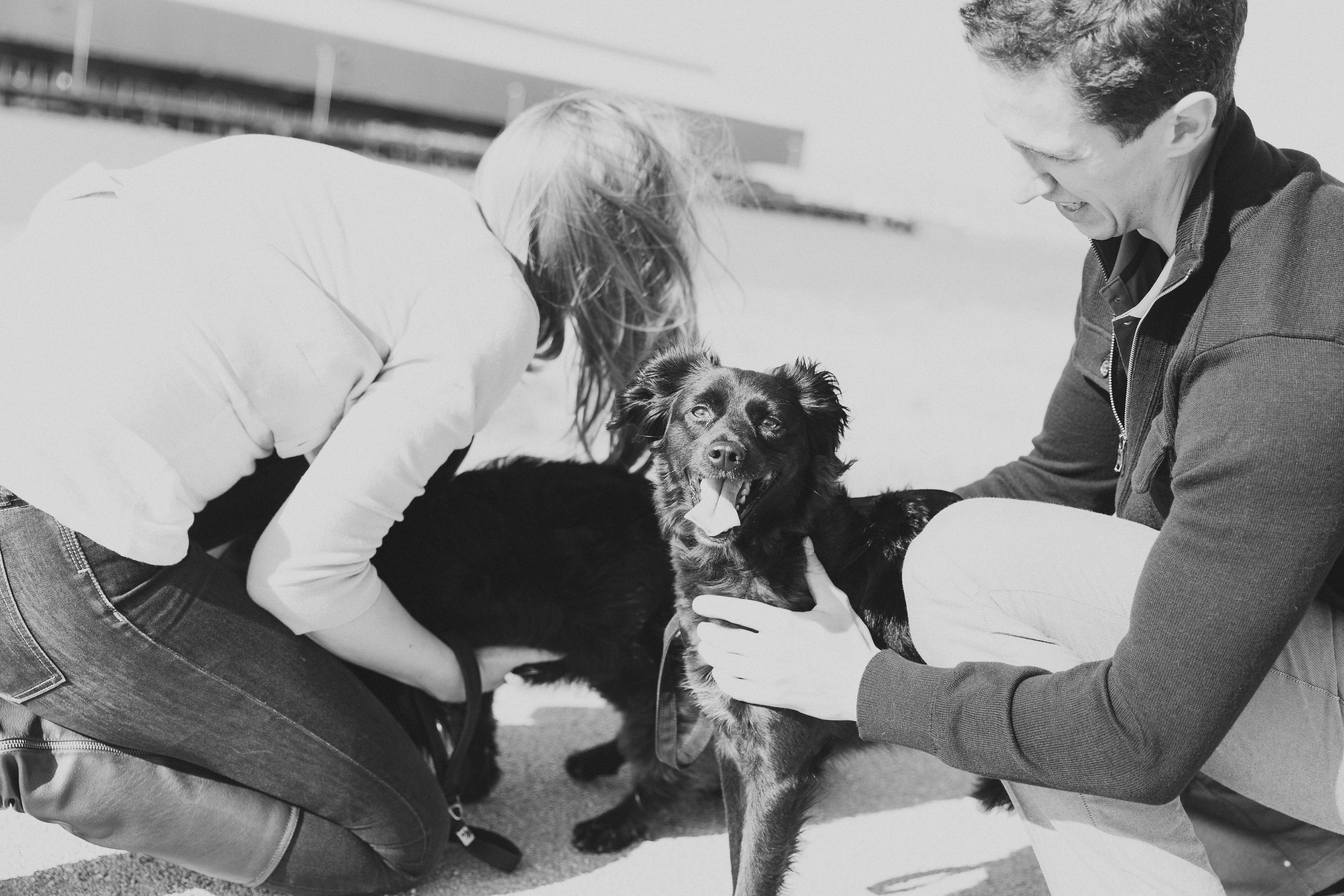I figured out what being a kill or a no-kill shelter can really mean. Many animal shelters that aren’t no-kill are municipal or county shelters. They are mandated to accept animals surrendered by the public. This means when they’re full and a dog comes in the door, the dog that has been there the longest, or perhaps the dog least likely to be adopted, has to be killed to make space. In the case of my shelter, there was nothing the staff could do about it.
Furthermore, although most of us admire no-kill shelters, the ones to cheer loudly for are those that operate where pet overpopulation isn’t much of an issue. That kind of no-kill shelter is rarer than it should be. Many who say they are no-kill may not euthanize for space, but they may turn away animals when they’re full, or animals they don’t want.
“Many who say they are no-kill may not euthanize for space, but they may turn away animals when they’re full, or animals they don’t want.”
This is where you can lend a hand. Yes, even if you really can’t set foot inside a shelter, there may be things you can do to help. Consider the following:
- Give social media assistance. Perhaps your local pound doesn’t have a Facebook page yet—find a partner to take photos of the animals then create a page to showcase them. Or write a blog about animals needing homes in your area.
- Become a foster parent. Offer to foster a dog or cat that needs to get out of the shelter, then see what you can do to place the animal in a good home.
- Volunteer to drive. Oftentimes shelters will exchange animals with other shelters—an excess of Chihuahuas in one place going to a big city where people adopt small dogs, for instance. You could make yourself available as a pet taxi.
If it seems daunting to figure out a plan yourself, it’s very possible your local shelter has a volunteer group attached to it—people who walk dogs, socialize cats, hold adoption events and so on. You might contact one of the leaders and see how you could assist.

Do you have a shelter story? Share below!

Comment